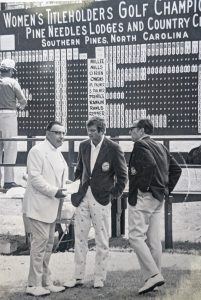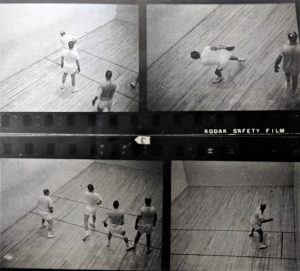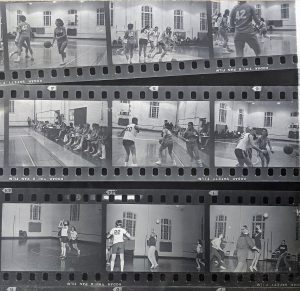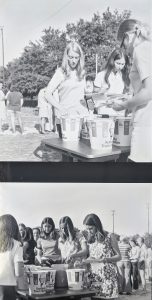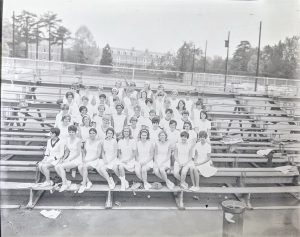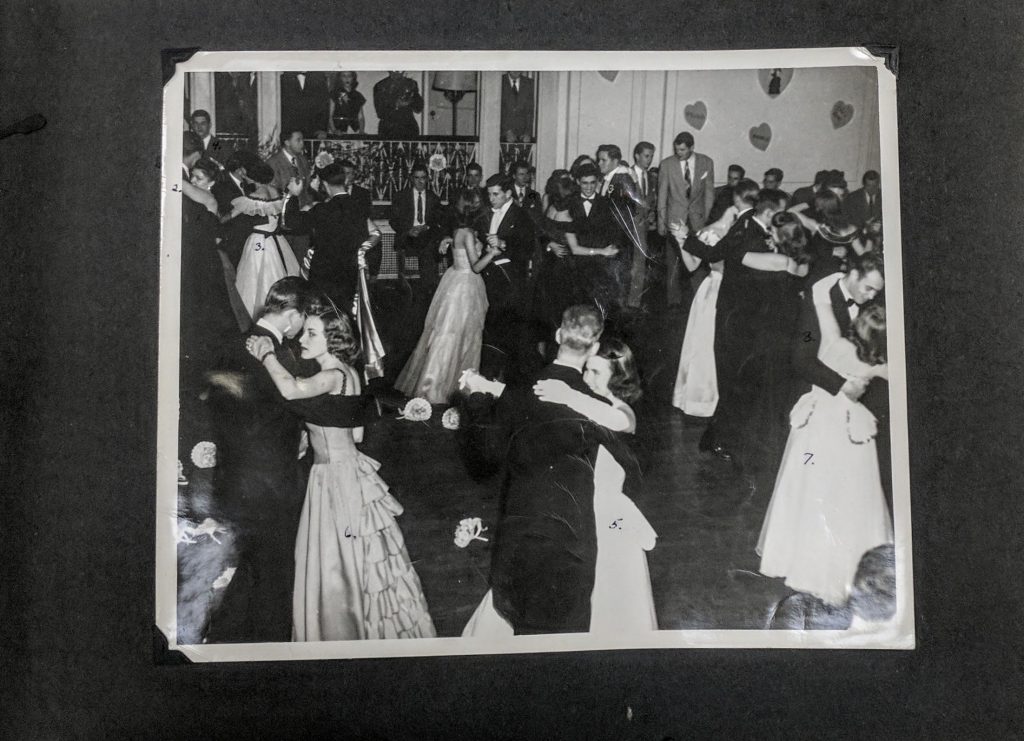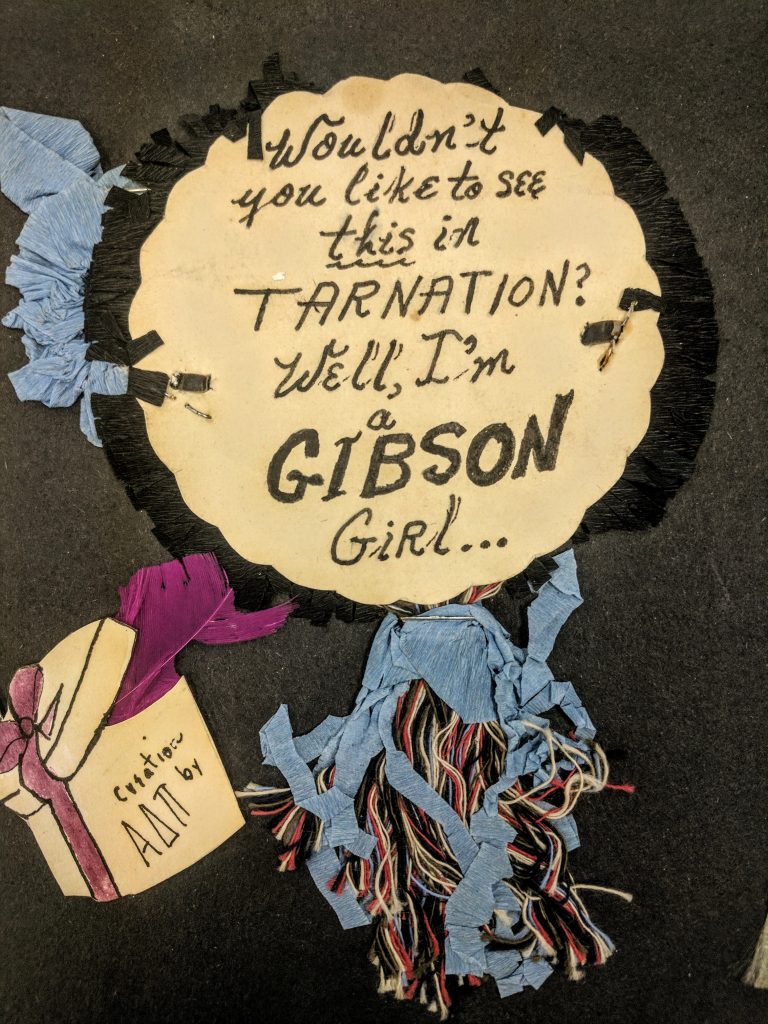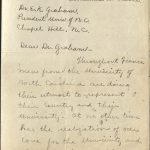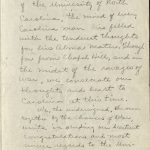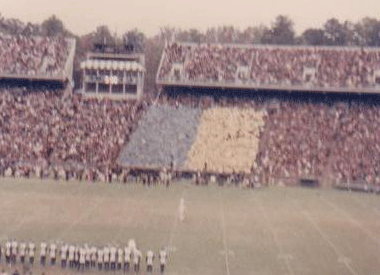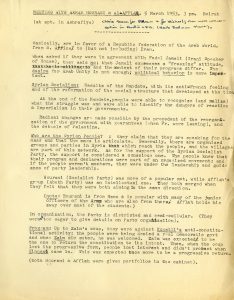University Archives recently acquired records from the Department of Communication, located in Bingham Hall. The records highlighted one of the many departmental reorganizations that have shaped the university: the 1993 merger of the Department of Radio, Television, and Motion Pictures … Continue reading →
University Archives recently acquired records from the Department of Communication, located in Bingham Hall. The records highlighted one of the many departmental reorganizations that have shaped the university: the 1993 merger of the Department of Radio, Television, and Motion Pictures (RTVMP) and the Department of Speech Communication. The merger resulted in the Department of Communication Studies, which this month became the Department of Communication.

WUNC’s John Young, Dr. Earl Wynn of what was then the Department of Radio, and an unidentified man in a radio studio, circa 1952. The Department of Radio, established in 1947, became the Department of Radio, Television, and Motion Pictures in 1954. From the UNC Photographic Laboratory Collection (#P0031), North Carolina Collection Photographic Archive.
In November 1990, the Daily Tar Heel published a series of articles reporting student and alumni dissatisfaction with the job preparation provided by the department. This was further compounded by the department’s refusal of an equipment donation by an RTVMP alumnus on the grounds of insufficient space in Swain Hall, high maintenance costs, and onerous gift conditions. Some RTVMP students and alumni thought the refusal indicated that the department was not dedicated to providing students with technical skills needed for careers in media production.
A 1993 external review of the department included four major recommendations:
1. That the Department of Radio, Television, and Motion Pictures at UNC-Chapel Hill be disestablished;
2. That four of its faculty lines be transferred to a new Curriculum in Cultural Studies (or to some other academic unit, temporarily, until permission for a new Curriculum can be secured); at least two of these lines should be filled by persons with media interests;
3. That the remainder of its faculty lines be collected into a new sequence in Media Arts within the Department of Speech Communication;
4. That the Department of Speech Communication’s name be changed to the Department of Communication Studies.
(From the Records of the Department of Speech Communication #40455, unprocessed)
The review was poorly received by many RTVMP students and alumni as it also proposed the elimination of “radio production, broadcast management, corporate video, studio production, and broadcast journalism.” Perceived lack of support for production classes was one of the primary complaints students and alumni reported in 1990, and it had remained a sticking point among students who planned to seek media production jobs following graduation.
The university largely followed recommendations set out in the review and on August 1, 1993, merged the Department of RTVMP and Department of Speech Communication into the Department of Communication Studies. The Daily Tar Heel reported in September 1993 that despite fears that the media production program would suffer as a result of the merger, the new department allocated “$38,500 for production equipment and maintenance—$25,500 more than the RTVMP department had to work with during the last academic year.”
Now in its 22nd year, the Department of Communication still offers specialization in Media and Technology Studies and Media Production.

